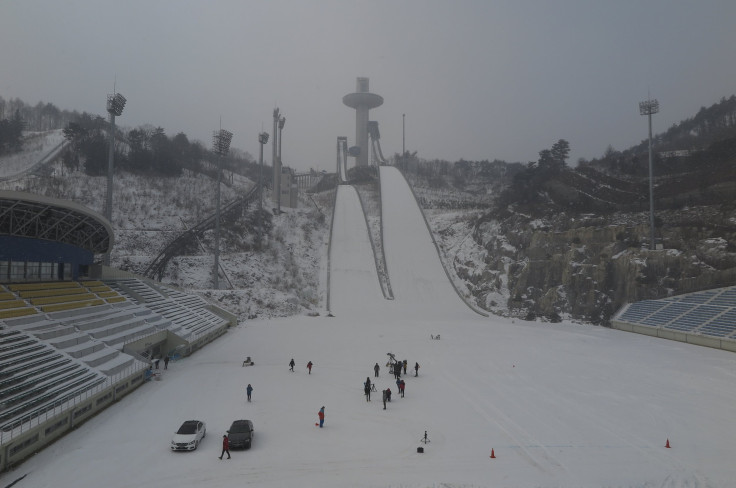2018 Winter Olympics could lead to destruction of 'sacred' South Korean forest

The recent removal of a 500-year-old virgin forest has sparked outrage from environment groups in South Korea against the organisers of the 2018 Winter Olympics. Campaigners accused the organisers of destroying a “sacred” forest to provide site for a new ski slope, which they have seen as an ecological disaster with no assurance of restoration from the officials after the Games.
Green Korea United, along with other green groups, said that the recently completed removal of tens of thousands of trees at the Mount Gariwang amounts to an irreparable damage on the site’s ecosystem, adding that the removal affected ancient and rare species. Officials said that Mount Gariwang was selected as it is the only one among the 10 candidate sites capable of meeting the requirements of the International Ski Federation to host several days of Alpine skiing events.
The Pyeongchang Olympics organising committee reported its plans to restore the forest to its former state by replanting more than 1,000 trees after the Games. However, forestry experts said that the plan could be practically impossible to keep for the 500-year-old mountain forest, which was considered by some South Koreans sacred because of its connections to the Chosun ruling dynasty.
Campaigners claimed that the process of removing the trees and building a ski slope would use chemicals for the soil and creating snow will make the site permanently scarred. They also predicted that the organisers of the Games would be facing rising costs during the process that will make them unable to afford to replant trees, the Guardian reported.
The financial dilemma may lead the Games' organisers to turn the site into a permanent tourist attraction to earn some of their investment. In addition, removed trees aging 500 and 1,000 years are difficult to replant, Youn Yeo-chang, professor of ecological economics and forestry policy at Seoul National University, told the Guardian.
The campaign also raised concern for endangered species of plants and birds, including protected species like the flying squirrel and the lynx, which are all dwelling at the forest.
Prior to the Mount Gariwang ski project, environmental NGOs have proposed six alternatives, according to the International Olympic Committee (IOC). Green Korea United said that a venue near Yongpyong ski resort also meets the 750-metre minimum the federation permits, which they have suggested prior to the decision on the Gariwang forest, the Korea Times reported.
However, the Korean Forest Service selected the Gariwang site as they see it’s the only location that met international course requirements for the event. The organisers also said that they have reduced the tree-clearance area by 30 per cent from 33 hectares to 23 hectares in response to environmental concerns.
The organisers also decided to combine the men’s and women’s courses, which would be done for the first time in the history of the winter Games. They also aimed to avoid major vegetation habitats by creating a design appropriate for the site.
In 2008, the Gariwang Mountain was officially declared a national protected forest, but this status was lifted in 2013. Seventy-eight hectares of the area were selected to facilitate Olympic developments among its 2,475 hectares.
“The area comprises not only trees, but plants and small animals and other organisms, and the possibility that trees can be replanted there is not very high due to disturbance to soil systems,” Yeo-chang said.
Contact the writer at feedback@ibtimes.com.au or tell us what you think below





















